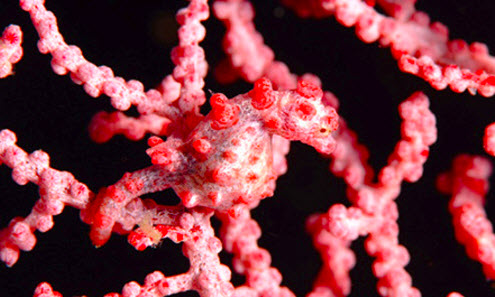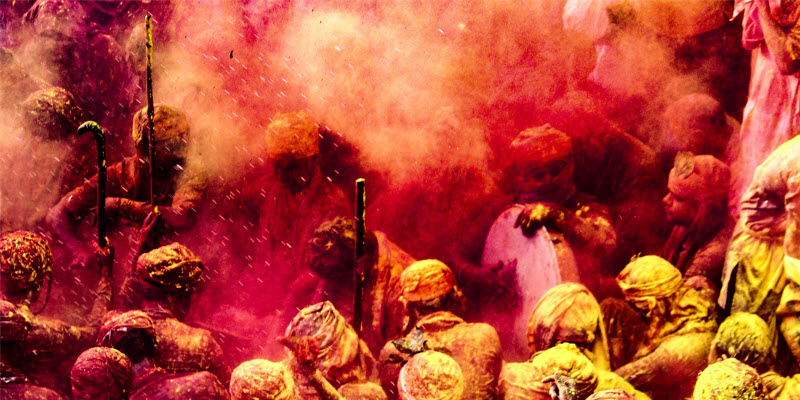how animals use colour… colour as camouflage

Karen Haller
When it comes to using colour, the natural world is truly astounding. This article focuses on how animals use colour as camouflage.
Camouflage (KAM-oh-flahj) the act, means, or result of obscuring things to deceive.
(Day 5 into my 30 blogs in 30 days challenge!)
Camouflage works for both sides in the battle for survival. Animals of prey use it to avoid being found and eaten. Predators use it to keep from being seen by prey. By the time they are seen it is usually too late.
Here are just a few of the amazing animals who use colour as camouflage.
The pygmy seahorse is so well camouflaged, the species wasn’t even discovered until researchers were examining the coral it mimics in a lab. Just under an inch long, these tiny animals are located off the coast of Japan, Indonesia, and Northern Australia.
Can you see it…?
These amazing Arctic animals turn white during winter to better blend into their environment. That way they have a much better chance of sneaking up on their prey or, in the case of the reindeer, avoid being seen.
This walking stick insect is balanced on a blade of grass making it difficult to distinguish from the greenery it is using to camouflage itself with.
If you love how animals and nature uses colour you can read more about it in my colour in nature related blog posts.
Part of my 30 blogs in 30 days challenge series. Check out my other posts.
Images: www.care2.com, webecoist.momtastic.com, dsc.discovery.com
Source: greenwing.org teachersguide





